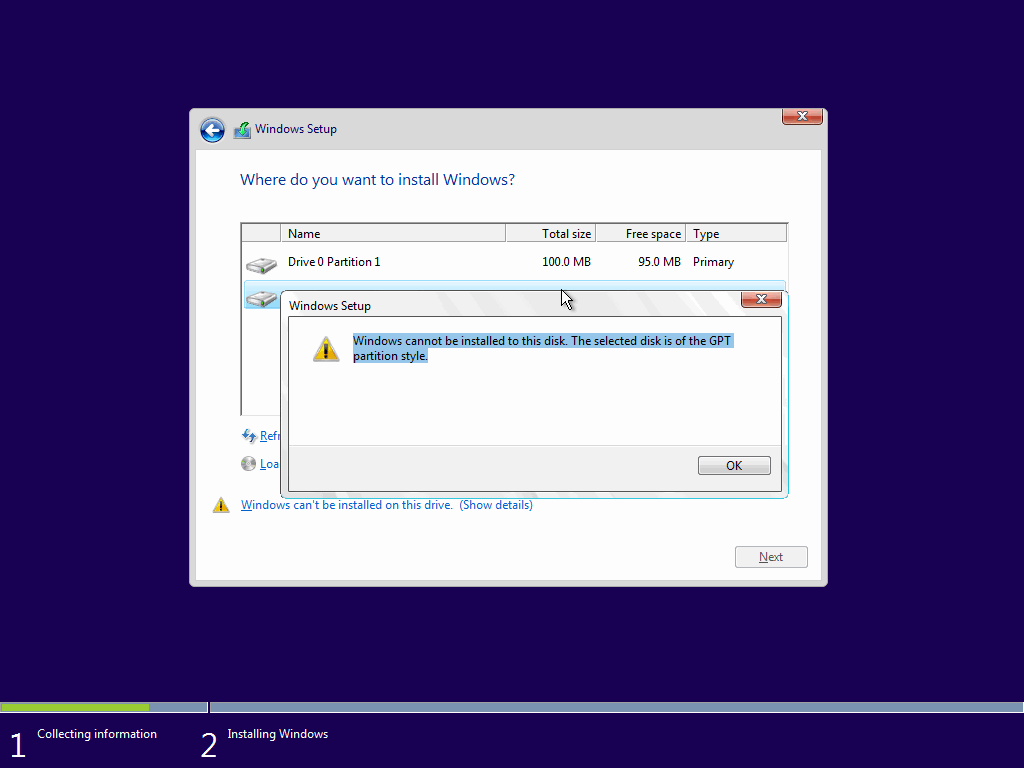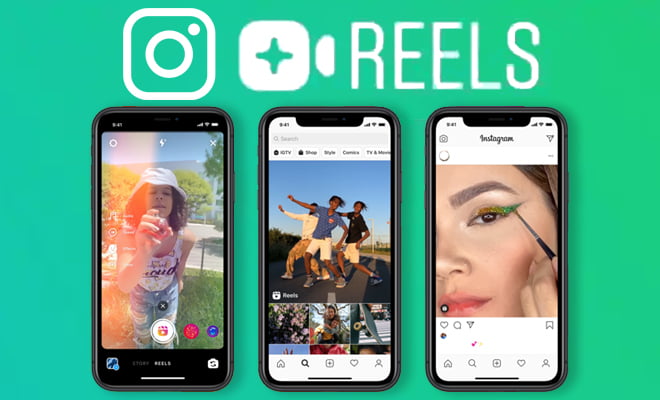
The number of adults over age 50 in the population is increasing rapidly in places like the U.S. and Europe. According to the Organization for Economic Co-operation and Development, by 2025, there will be one person over 65 for every two people aged 20-64. The old-age dependency ratio is increasing, meaning there will be more economically inactive people in the population due to age.
The advantages to keeping older adults in the workforce are numerous, from enhancing workplace productivity to keeping folks mentally engaged. And, of course, some older adults will have no choice but to keep working in order to earn a living. Whatever the reasons, an age-diverse workplace can be hugely beneficial for your organization. Here are some ways to make the most of a multigenerational workforce.
1. Create Training and Process Docs
A thorough and well-maintained library of process and training documents can be advantageous for older and younger workers alike. It can include everything from detailed manuals for new hires to flowcharts for understanding leadership hierarchies and organizational decision-making. In this way, knowledge-sharing becomes simpler, saving everyone time and frustration.
You can develop such documentation in-house or enlist the help of technical writing services to capture and organize all relevant processes, policies, and trainings. It can be especially helpful to create process documents that explain all the steps of given organizational tasks in a clear, intuitive format. An easily accessible — but secure and password protected — shared drive could contain the bulk of your institutional knowledge.
Thorough training and process documentation can also help capture legacy knowledge from workers who might retire soon, thereby preventing knowledge drain. Good documentation can likewise help workers with less tech experience understand or self-train on company software and apps. Younger employees can spend less time helping older workers learn new technologies, and older employees save face by not having to ask.
2. Upgrade Your Inclusivity
With more generations in the workplace, you may see an additional need for resources that benefit all age groups. Older populations may have an increased need for disability accommodations or flexible work arrangements to manage chronic illnesses. Younger adults may have higher expectations around mental health resources and the incorporation of more inclusive language and practices.
All employees can benefit from accommodations intended to support employees with disabilities and chronic illnesses. Captions on virtual meetings and training videos improve comprehension and retention for everyone, especially people working in a non-native language. Screen readers designed for folks with vision loss can also help anyone listen to text they’ve written and catch errors. Accessibility accommodations for those with physical disabilities make intra-office navigation easier for all, whether they’re pushing a mail cart or healing from temporary injuries.
When workplaces are built to accommodate everyone, all generations can contribute equally to productivity, knowledge transfer, and innovation. People who need to work from home to manage chronic illness or childcare aren’t prevented from sharing their ideas. Everyone has a voice, regardless of their individual skills, needs, or limitations. Diversity and inclusion trainings can help reinforce a culture in which ideas from all generations and demographics are incorporated.
3. Encourage Collaboration
Another way to leverage the different resources of your multigenerational workers is to make sure they interact with one another. Avoid perpetuating a siloed workplace culture where older leaders are out of touch with younger new hires. You can start by taking stock of your office environment and standard practices and looking for more opportunities for intergenerational collaboration.
One area where you might find room for improvement is the setup of your physical office and work stations. Whatever you do, don’t adopt an open-plan office: Everyone hates them, and they’re a known risk factor for disability retirement. Make sure employees — particularly those with disabilities — have quiet, accessible, private work zones. But build in common environments like lounges and conference rooms as well, where employees from different generations can interact.
You can also encourage more intergenerational collaboration by establishing mentorship programs and leadership development opportunities for both younger and older workers. Pair or group together younger and older employees and offer them incentives to learn from one another. From networking events to weekly one-to-ones to cooperative projects to team outings, multigenerational employees can share knowledge, industry connections, and more.
4. Simplify Your Comms and Tech Stack
Different expectations about how and when to communicate (and how fast to respond) can cause friction between generations and make information-sharing more challenging. For instance, many younger employees feel pressure to respond to emails, instant messages, or phone calls even while on vacation. Older employees may not be used to relying on email or chat for urgent communications and might expect a phone call instead.
Multigenerational workforces should establish ground rules to avoid these common intergenerational pain points. Your company may want to come to an agreement about how time-sensitive messages are communicated between employees. In addition, it would benefit everyone to implement a policy where employees are never contacted during vacation time, except in emergencies.
Your tech stack can also be a barrier to workers of all generations, in a multitude of ways. New software can mean a steep learning curve for some older employees but be highly intuitive for others. Legacy enterprise software, on the other hand, can be frustrating for younger employees to learn. Consider how to address all of your employees’ needs when deciding to implement a new tech solution or retire an old one.
Facilitate Connection
Younger and older workers both have so many different kinds of wisdom to contribute in the workforce. From industry knowledge, history, and long-standing networking connections to up-to-the-minute trends and technical know-how, there’s so much to share. The best thing your organization can do to take advantage of all these different skill and experience sets is to make interconnectedness easy. Take care of accessibility, inclusivity, and resources, and your multigenerational employees will take care of the rest.








